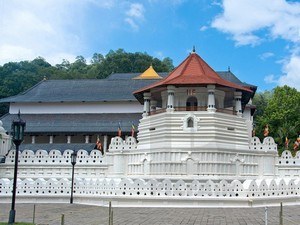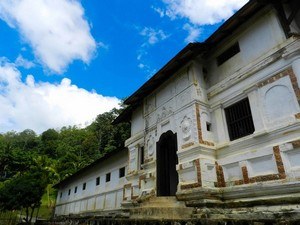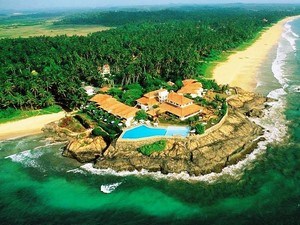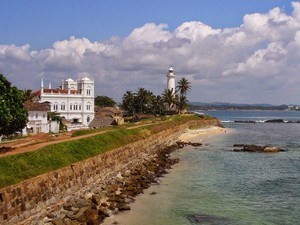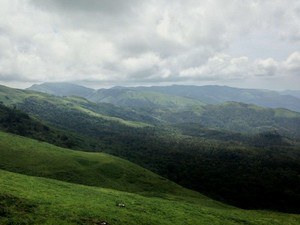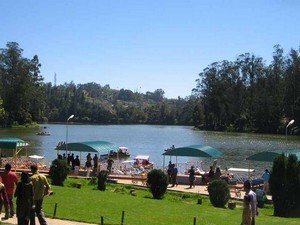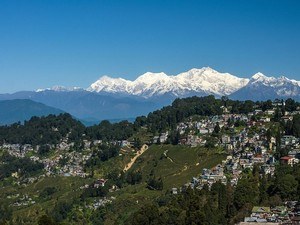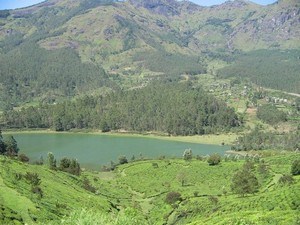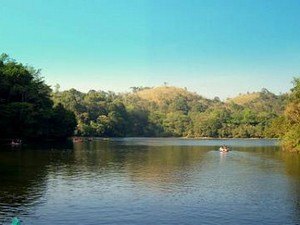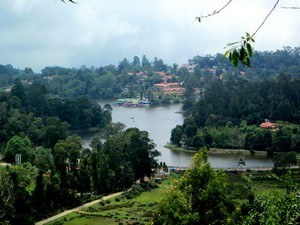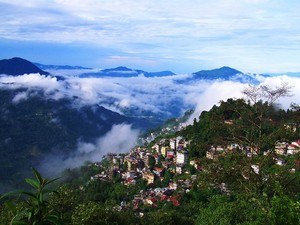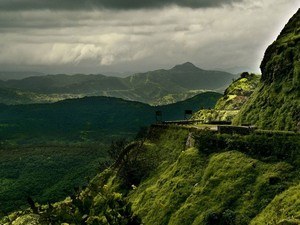KANDY TOURISM | TOURIST PLACES TO VISIT & TRAVEL GUIDE TO KANDY
![]() Hill Station |
Hill Station | ![]() Pilgrimage
Pilgrimage
About Kandy
 #2 of 10 Places to visit in Sri Lanka
#2 of 10 Places to visit in Sri Lanka
 Ideal Trip Duration: 1-2 Days
Ideal Trip Duration: 1-2 Days
 Nearest City to Kandy: Kandy, Colombo (116 Kms)
Nearest City to Kandy: Kandy, Colombo (116 Kms)
 Best Time to Visit Kandy: December to March
Best Time to Visit Kandy: December to March
 Peak Season: December to January
Peak Season: December to January
At a distance of 72 km from Nuwara Eliya, 92 km from Sigiriya, 110 km from Dambulla, 116 km from Colombo, 129 km from Ella, 137 km from Polonnaruwa, 140 km from Anuradhapura, 183 km from Trincomalee, 223 km from Galle, 245 km from Mirissa, and 321 km from Jaffna, Kandy is a scenic city located in central Sri Lanka. It is the capital of the Central Province of Sri Lanka and among the must-include places in Sri Lanka Tour Packages.
Set on a high plateau in the midst of the thick tropical forests and the tea plantations is the city of Kandy, the second-largest city in Sri Lanka. More popularly known as the hill capital of Sri Lanka, Kandy is known for its spirituality and laid-back charm due to which the colonial town is frequented by tourists as well as Buddhists, especially of the Theravada School. The well-planned town of Kandy added value to its legacy and never changed its roots for the sake of development. It was declared a world heritage site by UNESCO in the year 1988.
The city and the region have been known by many different names and versions of those names. Some scholars suggest that the original name of Kandy was Katubulu Nuwara. However, the more popular historical name is Senkadagala or Senkadagalapura, officially Senkadagala Siriwardhana Maha Nuwara, generally shortened to 'Maha Nuwara'. The name Kandy is derived from an Anglicized version of the Sinhala Kanda Uda Rata, meaning the land on the mountain or Kanda Uda Pas Rata (the five counties/countries on the mountain). The Portuguese shortened this to 'Candea', using the name for both the kingdom and its capital.
As per the history, Kandy was first established by the Wickramabahu III (1357-1374 AD), near the Watapuluwa area, north of the present city and named Senkadagalapura at the time. Sena Sammatha Wickramabahu (1473-1511) was the first king of the Kingdom of Kandy. He ruled Kandy as a semi-independent kingdom under the Kingdom of Kotte. In 1592, Kandy became the capital city of the last remaining independent kingdom on the island after the coastal regions had been conquered by the Portuguese. Kandy repelled invasions by the Portuguese and the Dutch as well as the British, most notably in 1803. The royal city fell into the hands of the British when the last Kandyan King, Sri Vikrama Rajasinha was captured by them in 1815.
Kandy is renowned for being the site of the Temple of the Sacred Tooth Relic, unarguably the most famous among all the temples of Sri Lanka. Kandy is also home to numerous remarkable museums, scenic attractions, meditation centers with dense nature around, and exciting trails. The National Museum of Kandy, the Dalada Maligawa Museum, the Royal Palace of Kandy, the Bahiravokanda Vihara Buddha Statue, the Royal Botanical Gardens, Pinnewala Elephant Orphanage, and Kandy Lake are some of the important landmarks in Kandy. The city is also rich in arts and culture.
Kandy always has a special place when it comes to festivities such as the Esala Perahara. During the festival, one of the inner caskets of the tooth relic of Lord Buddha is taken for a procession around the city on a royal elephant, followed by dancers, drummers, flag and torchbearers, all decked up in their traditional costumes. This ceremony which is annually held in the months of July or August attracts large crowds from all parts of the country and also many foreign tourists.
The Bandaranaike International Airport (BIA) is the nearest airport which is about 102 km from Kandy. It has well flight connectivity with India and other parts of Southeast Asia, Europe, Australia, the Middle East, and the United States. Kandy Railway Station connects it to other important places of interest including Colombo, Nuwara Eliya, Ella, Galle, and Badulla. Traveling by train is a safe, inexpensive and scenic way to get to Kandy. A huge network of buses operates in and around Colombo. There are a number of public and private buses that travel from Kandy to Colombo, Nuwara Eliya, Ella and Galle on a daily basis. The best way to get around Kandy is on foot, tuk-tuks, local buses or renting bikes.
Though the city experiences cool and pleasant weather throughout the year, the best time to visit Kandy is from December to March as these are the driest months of the year, which facilitates a better sightseeing experience. While December and January being the most expensive months as incidentally these months coincide with the peak tourist season so that one might incur higher expenses for travel and accommodation. However, if you are planning to witness the festivities of the Kandy Esala Perahera, visit the city during July and August; fortunately, the rainfall is relatively low at this time of the year. The months of October and November are generally considered as the off-season for visiting Kandy, since this is the time of the monsoon, and the weather can play havoc with sightseeing plans.
None



